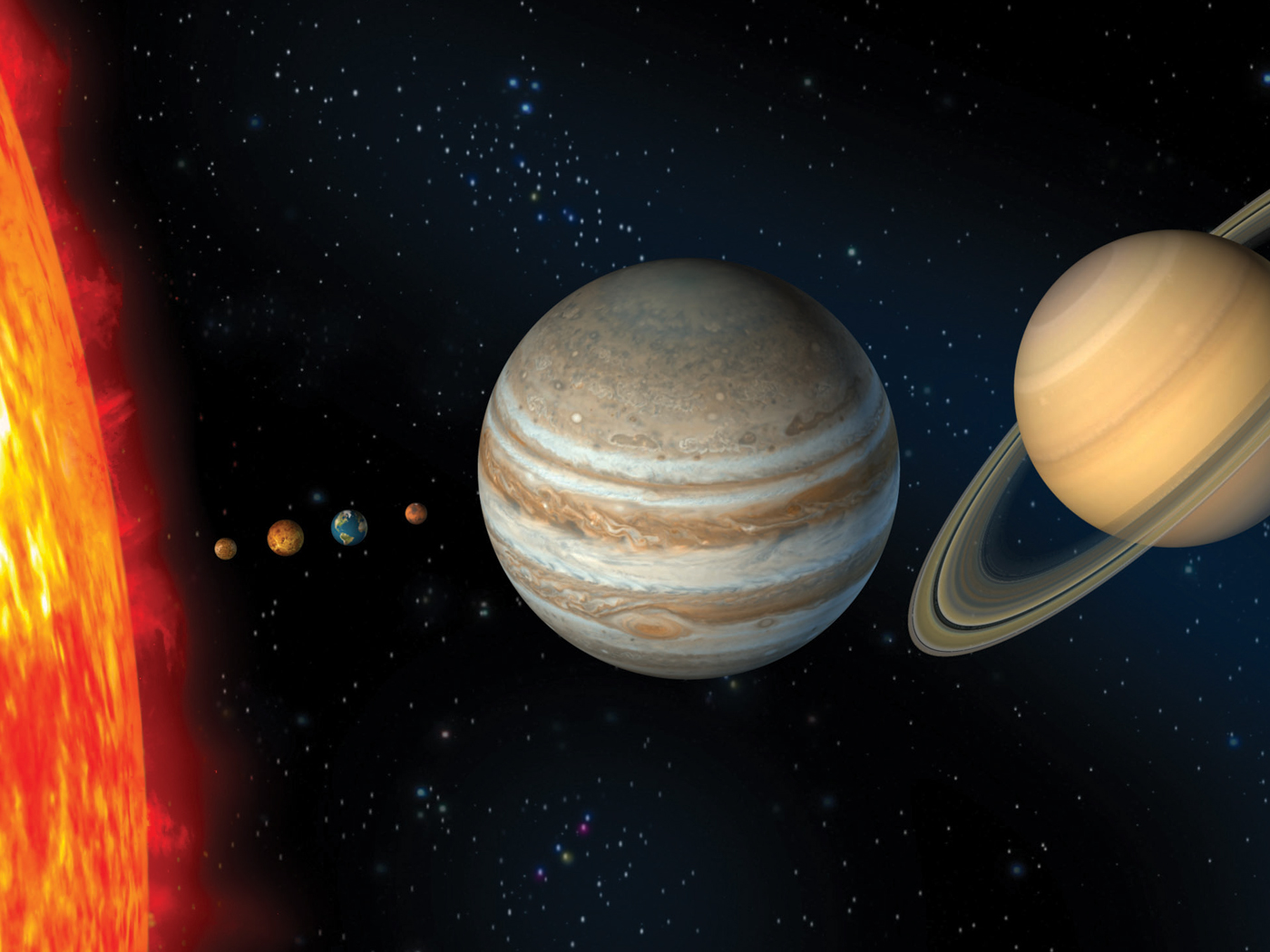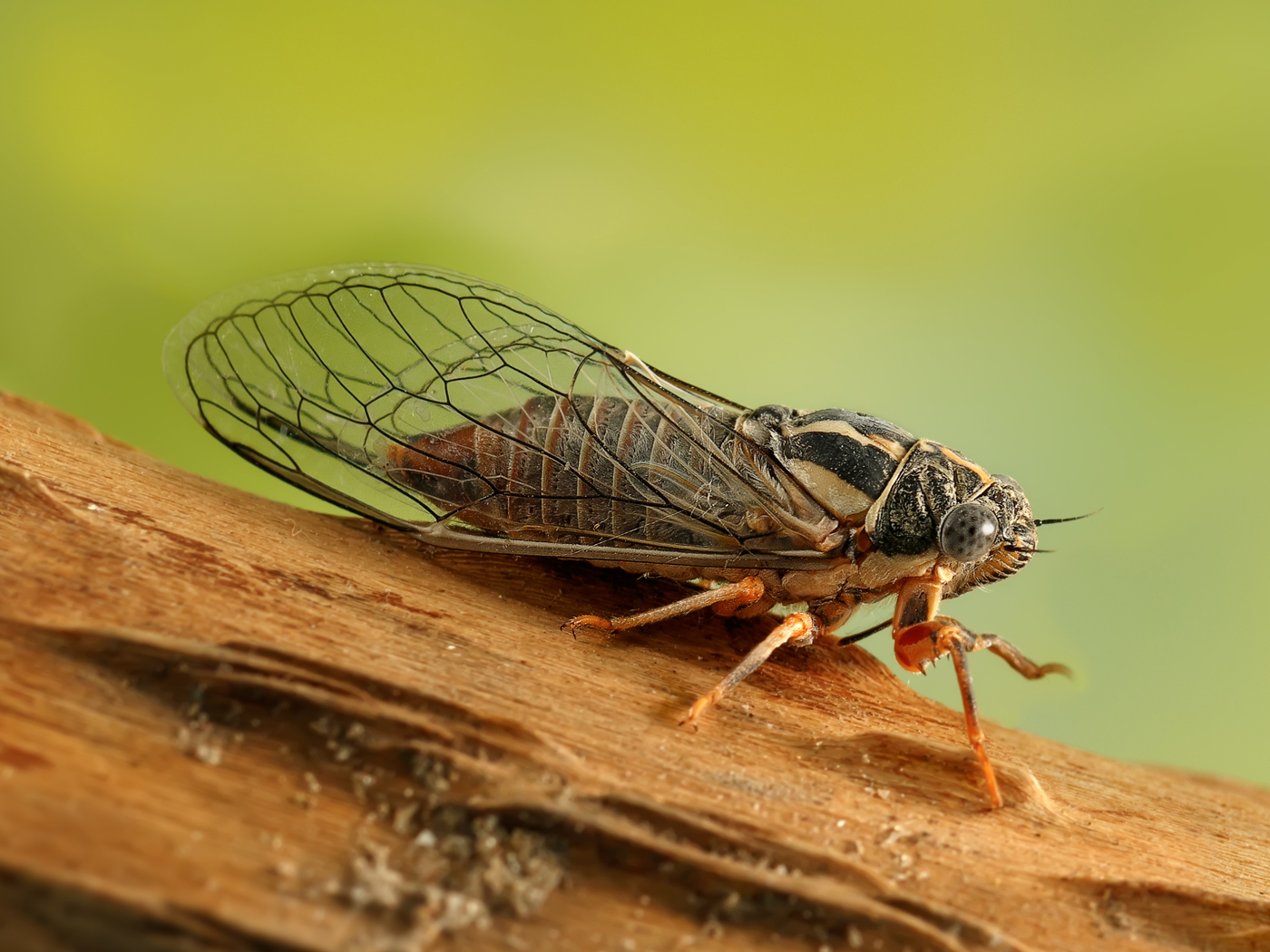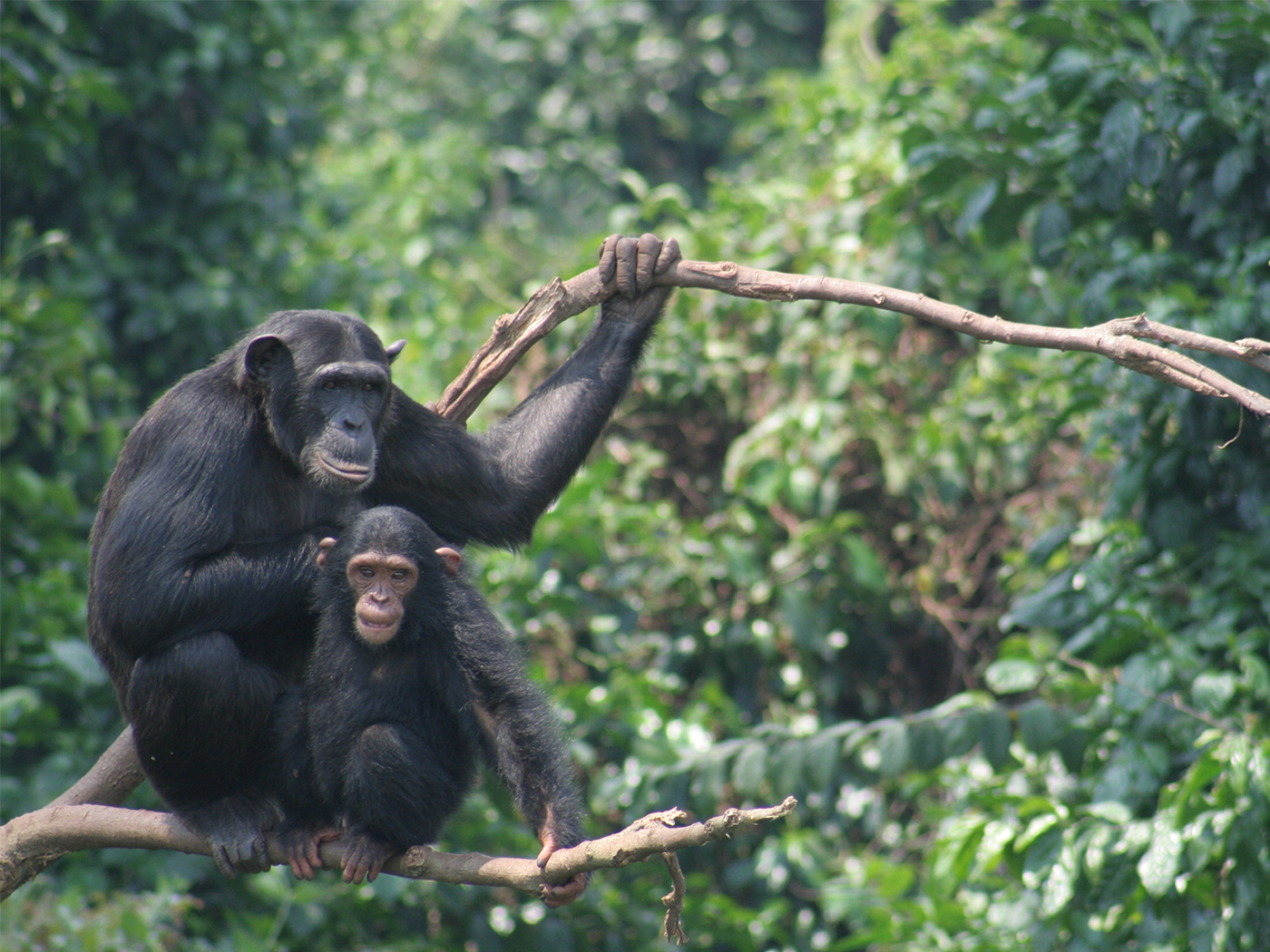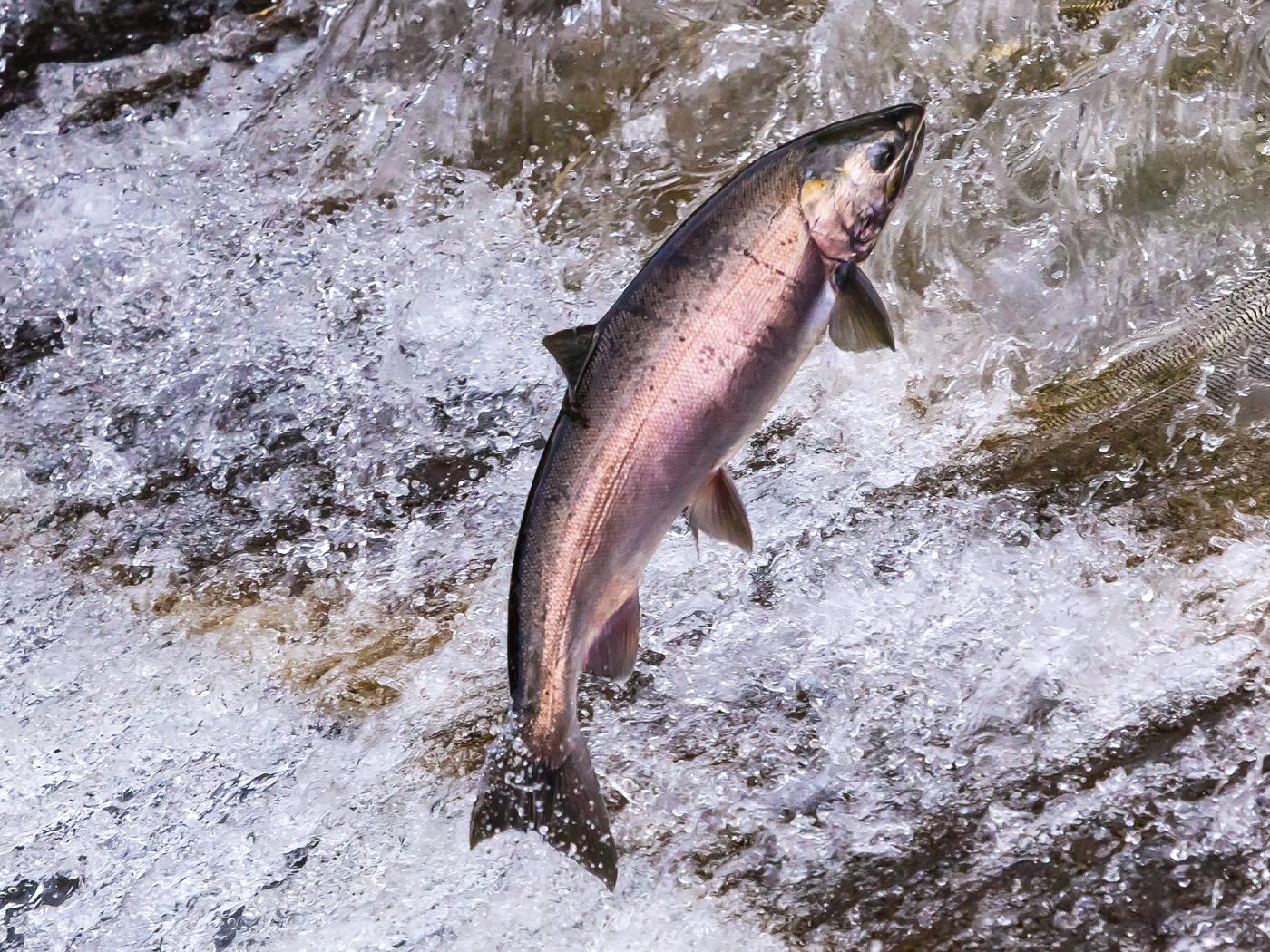Animal migrations occur all over the earth among many types of creatures, with some winged creatures (birds and insects) making the most extreme and lengthy ones. Among insects, the globe skimmer dragonfly (Pantala flavescens) is exceptional—being able to fly up to 3,730 miles across the open ocean. Scientists are finally beginning to unravel the required specificity behind the anatomical, behavioral, and metabolic complexity that enable this amazing feat.1
Strong evidence has implied the extreme migration of the globe skimmer dragonfly across the daunting ocean expanse between the Maldives off the coast of India to East Africa. However, the small size of the creature (which is only about 1.77 inches long with a wingspan of just a little over 3 inches) seemed to present problems at first due to the inherent limitations of the insect’s ability to store enough energy reserves. In other words, its gas tank did not appear big enough to hold the fuel needed to make the long journey.
In this new study, a group of researchers first derived a baseline by determining the insect’s specific metabolic characteristics. Then they calculated how long it could stay airborne using the maximum energy stored in its body, such as fat reserves.1 And because other flying creatures like birds depend heavily on wind patterns, they also calculated weather models to see if available seasonal wind patterns in the migration route could facilitate the open ocean flight in both directions.
The scientists discovered a flight model that would allow successful open ocean migration—one that combined active wing flapping with gliding and took advantage of seasonal wind patterns. In fact, there was a strong behavioral requirement for the dragonfly to select favorable wind patterns. The researchers also discovered that the specialized metabolism and physiological endurance of the dragonfly also played a key role in the migration, making it all possible.
Extreme creature traits, like this daunting open ocean migration of thousands of miles, boggle the human mind and utterly defy evolutionary interpretations regarding the dragonfly’s origins. How could random chance mythical processes result in the perfect combination of anatomy, physiology, and behavioral adaptations needed for this creature to succeed in this amazing endeavor? The only logical inference we can make is that this incredible engineering was built into these dragon flies by an omnipotent Creator, the Lord Jesus Christ.
Reference
1. Hedlund, J. et al. Unraveling the World’s Longest Non-stop Migration: The Indian Ocean Crossing of the Globe Skimmer Dragonfly. Frontiers in Ecology and Evolution. 2021 (9): 525. DOI: 10.3389/fevo.2021.698128.
* Dr. Tomkins is Director of Research at the Institute for Creation Research and earned his Ph.D. in genetics from Clemson University.
Open Ocean Dragonfly Migration Boggles the Mind
The Latest
How Did Earth Get Its Water?
Earth’s oceans contain 321 million cubic miles (1.335 billion cubic kilometers) of water. The moon causes ebb and flow of tides twice in a 24-hour...
New Fossil Discovery Upends Animal Evolution...Again
Reptiles belong to a group of animals called amniotes that also include birds and mammals. A new Australian fossil discovery of a clawed amniote demonstrates...
100% Cicada Fossil
Cicadas are an unusual-looking insect belonging to the order Hemiptera (the true bugs, including bed bugs and aphids). If you live in the eastern United...
CREATION PODCAST
Earth’s Origins: Science, Theology, and a New Geology Textbook...
Since the late eighteenth century, most scientists have argued for a uniformitarian view of Earth’s history. They claim the world...
June 2025 ICR Wallpaper
"He has made everything beautiful in its time. Also He put eternity in their hearts, except that no one can find out the work that God does from...
CREATION.LIVE PODCAST
Getting the Gospel into People's Hands | Creation.Live Podcast:...
Can God use an atheist airline pilot to reach other nations with the truth of the Gospel? The answer, obviously, is yes.
Host...
Chimp Genome Markedly Different from Human
An oft-repeated claim of evolutionary propaganda is that chimpanzee and human DNA are 98.5% identical. This high level of DNA similarity, which has...
''73-Million-Year-Old'' Alaskan Salmon
Fish evolution remains an enigma. Evolutionists can only say fish first “appeared” over a half-billion years ago.1 Creationists...
God's Memorial Day
“And God said moreover unto Moses, Thus shalt thou say unto the children of Israel, The LORD God of your fathers, the God of Abraham, the God of...
The Origin of Eukaryotes
Eukaryotes are multicellular organisms that contain diverse differentiated cell types. Within almost every cell there are subcellular compartments called...






















